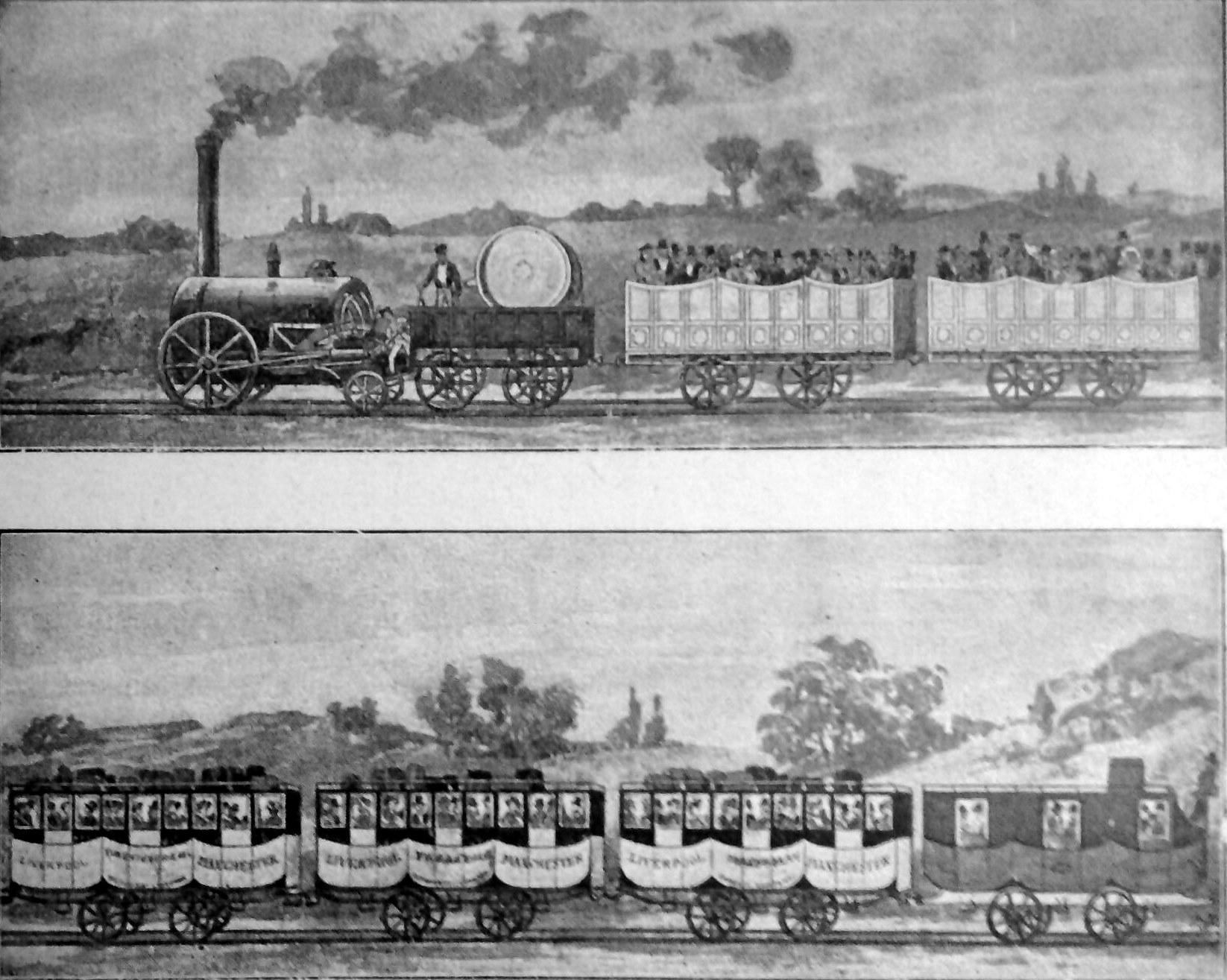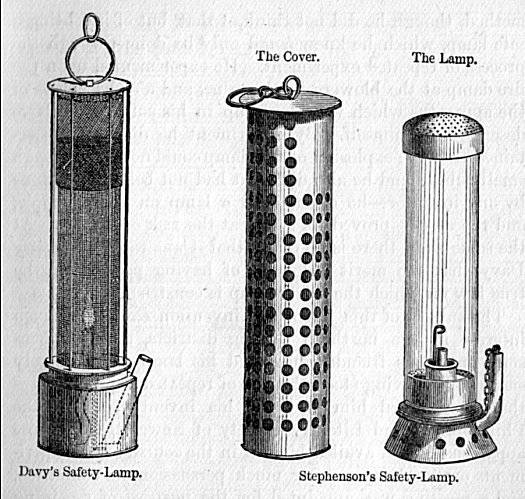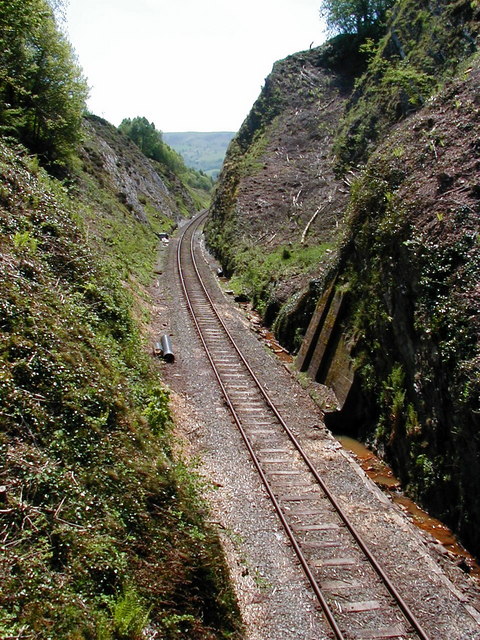|
Olive Mount Cutting
Olive Mount cutting, which was opened in 1830, is a New Red Sandstone, sandstone railway Cut (earthmoving), cutting on the line to Manchester, from Liverpool. The cutting is deep and is situated between Wavertree Technology Park railway station, Wavertree Technology Park and Broad Green railway station, Broad Green railway stations. The railway's engineer, George Stephenson, had hoped to avoid the problem of creating the cutting for the Liverpool and Manchester Railway by routing the line further north. However, that plan was objected to by the Edward Smith-Stanley, 12th Earl of Derby, Earl of Derby and the William Molyneux, 2nd Earl of Sefton, Earl of Sefton. The cutting was originally designed to accommodate two tracks, and was only wide at the top. In 1871, it was widened to allow four tracks to enter Liverpool Lime Street railway station, Liverpool Lime Street, because traffic had increased considerably since the station opened. References Sources * External links ... [...More Info...] [...Related Items...] OR: [Wikipedia] [Google] [Baidu] |
Olive Mount Chord
The Olive Mount chord in Liverpool, England, is a 300-metre stretch of railway track between Olive Mount Junction, in Olive Mount cutting, and Edge Lane Junction that provides access to the Canada Dock Branch (more usually known today as the Bootle Branch). History The Olive Mount Chord was built as part of the L&NWR's Canada Dock Branch railway, which opened in 1866. It was designed to ease transition between the branch and the main L&NWR line into and out of the Liverpool area. The chord was taken out of use following a fire in the signal box at Edge Lane Junction on 21 January 1987 and subsequently lifted, because the declining amount of dock traffic meant the cost of repairing the box, or altering the signalling to allow remote operation from Edge Hill Power signal box, PSB, was not seen to be justified. However, delays resulting from the removal of the chord limited access to the Port of Liverpool. Reinstatement On 27 June 2006, Douglas Alexander, Secretary of State ... [...More Info...] [...Related Items...] OR: [Wikipedia] [Google] [Baidu] |
Wavertree Technology Park Railway Station
Wavertree Technology Park railway station is in the suburbs of Liverpool, at the western end of Olive Mount cutting, on the original Liverpool-Manchester line. The station opened on 13 August 2000, at a cost of £2 million. Train services are operated by Northern Trains. Since 5 March 2015, trains through the station have used overhead wire electric traction, as part of the electrification of George Stephenson's original Liverpool and Manchester Railway and the branch line to Wigan. Facilities The station has a ticket office (located on the bridge above the platforms) that is staffed throughout the hours of service, seven days per week (05:15 - midnight Monday to Saturday, 08:00 - 23:45 Sunday). Waiting shelters are provided at platform level on each side, with digital display screens, customer help points and an automated public address system to provide train running information. Both platforms have lifts from the footbridge (which has ramped access from the main ... [...More Info...] [...Related Items...] OR: [Wikipedia] [Google] [Baidu] |
Liverpool Lime Street Railway Station
Liverpool Lime Street is a railway station complex located on Lime Street, Liverpool, Lime Street in Liverpool city centre. Although publicly a single, unified station, it is operationally divided into two official railway stations: Liverpool Lime Street High Level, the main station serving the city centre of Liverpool and the oldest still-operating grand terminus mainline station in the world; and Liverpool Lime Street Low Level, an underground Wirral line station (part of the List of underground stations of the Merseyrail network, Merseyrail network) connected to the main terminal building by a pedestrian subway below street-level. Despite their operational distinctions, both stations are integrated from a passenger perspective, sharing signage, access points and overall station identity. Lime Street High Level is one of 18 stations managed by Network Rail, while Lime Street Low Level is managed directly by the train operator, Merseyrail. A branch of the West Coast Mai ... [...More Info...] [...Related Items...] OR: [Wikipedia] [Google] [Baidu] |
William Molyneux, 2nd Earl Of Sefton
William Philip Molyneux, 2nd Earl of Sefton (18 September 1772 – 20 November 1838), also known as Lord Dashalong, was a sportsman, gambler and a friend of the Prince Regent. Personal life Born in 1772, Lord Sefton was the only son of Charles Molyneux, 1st Earl of Sefton and Lady Isabella Stanhope, daughter of the Earl of Harrington. In 1792, he married the Hon Maria Craven, daughter of William Craven, 6th Baron Craven. He had four sons and six daughters. He succeeded to the title in 1795 and it passed in turn on his death in 1838 to his eldest son Charles William Molyneux, 3rd Earl of Sefton. Charles Greville wrote of him: :"He was absolutely devoid of religious belief or opinions, but he left to all others the unquestioned liberty of rendering that homage to religion from which he gave himself a plenary dispensation. His general conduct was stained with no gross immorality, and as he was placed far above the necessity of committing dishonourable actions, his mind was h ... [...More Info...] [...Related Items...] OR: [Wikipedia] [Google] [Baidu] |
Edward Smith-Stanley, 12th Earl Of Derby
Edward Smith-Stanley, 12th Earl of Derby Her Majesty's Most Honourable Privy Council, PC (1 September 1752 Old Style and New Style dates, O.S. – 21 October 1834), usually styled Lord Stanley from 1771 to 1776, was a British peerage, British peer and politician of the late eighteenth and early nineteenth centuries. He held office as Chancellor of the Duchy of Lancaster in 1783 in the Fox–North coalition and between 1806 and 1807 in the Ministry of All the Talents. Background and education Derby was the son of James Smith-Stanley, Lord Strange (1716–1771), son of Edward Stanley, 11th Earl of Derby (1689-1776). His mother was Lucy Smith, a daughter and co-heiress of Hugh Smith of Weald Hall, Essex. His father had assumed the additional surname and arms of Smith by private Act of Parliament in 1747. Derby entered Eton College in 1764, proceeding to Trinity College, Cambridge in 1771. Political career Derby was returned to Parliament as one of two representatives for Lancashire ... [...More Info...] [...Related Items...] OR: [Wikipedia] [Google] [Baidu] |
Liverpool And Manchester Railway
The Liverpool and Manchester Railway (L&MR) was the first inter-city railway in the world. It Opening of the Liverpool and Manchester Railway, opened on 15 September 1830 between the Lancashire towns of Liverpool and Manchester in England. It was also the first railway to rely exclusively on locomotives driven by Steam engine, steam power, with no Horsecar, horse-drawn traffic permitted at any time; the first to be entirely double track throughout its length; the first to have a true Railway signalling, signalling system; the first to be fully Public transport timetable, timetabled; and the first to carry mail. Trains were hauled by company steam locomotives between the two towns, though private wagons and carriages were allowed. Cable railway, Cable haulage of freight trains was down the steeply-graded Wapping Tunnel to Liverpool Docks from Edge Hill junction. The railway was primarily built to provide faster transport of raw materials, finished goods, and passengers between ... [...More Info...] [...Related Items...] OR: [Wikipedia] [Google] [Baidu] |
George Stephenson
George Stephenson (9 June 1781 – 12 August 1848) was an English civil engineer and Mechanical engineering, mechanical engineer during the Industrial Revolution. Renowned as the "Father of Railways", Stephenson was considered by the Victorian era, Victorians as a great example of diligent application and thirst for improvement. His chosen Track gauge#The Stockton and Darlington Railway, rail gauge, sometimes called "Stephenson gauge", was the basis for the standard gauge used by most of the world's railways. Pioneered by Stephenson, rail transport was one of the most important technological inventions of the 19th century and a key component of the Industrial Revolution. Built by George and his son Robert Stephenson, Robert's company Robert Stephenson and Company, the Locomotion No. 1, ''Locomotion'' No. 1 was the first steam locomotive to carry passengers on a public rail line, the Stockton and Darlington Railway in 1825. George also built the first public inter-city railway ... [...More Info...] [...Related Items...] OR: [Wikipedia] [Google] [Baidu] |
Broad Green Railway Station
Broad Green railway station is a railway station serving the Broadgreen district of Liverpool, England, east of Liverpool Lime Street. Established in 1830, it is the world's oldest actively operating railway station. History The oldest passenger station in the world was Crown Street railway station on the Liverpool and Manchester passenger railway opening on 17 September 1830. The trains set out on the first day at the Liverpool end. The second station on the line was the original Edge Hill railway station, the third was Broad Green station. In 1836 Crown Street station was demolished and Edge Hill decommissioned. A new Edge Hill station opened to the north of the original station in the grounds of the Edge Hill junction. This leaves Broad Green station as the oldest used railway station in the world. The current station buildings are not original, dating from 1972. About to the east of the station the abandoned North Liverpool Extension Line passes under the lines, whic ... [...More Info...] [...Related Items...] OR: [Wikipedia] [Google] [Baidu] |
Manchester
Manchester () is a city and the metropolitan borough of Greater Manchester, England. It had an estimated population of in . Greater Manchester is the third-most populous metropolitan area in the United Kingdom, with a population of 2.92 million, and the largest in Northern England. It borders the Cheshire Plain to the south, the Pennines to the north and east, and the neighbouring city of Salford to the west. The city borders the boroughs of Trafford, Metropolitan Borough of Stockport, Stockport, Tameside, Metropolitan Borough of Oldham, Oldham, Metropolitan Borough of Rochdale, Rochdale, Metropolitan Borough of Bury, Bury and City of Salford, Salford. The history of Manchester began with the civilian settlement associated with the Roman fort (''castra'') of Mamucium, ''Mamucium'' or ''Mancunium'', established on a sandstone bluff near the confluence of the rivers River Medlock, Medlock and River Irwell, Irwell. Throughout the Middle Ages, Manchester remained a ma ... [...More Info...] [...Related Items...] OR: [Wikipedia] [Google] [Baidu] |
Liverpool
Liverpool is a port City status in the United Kingdom, city and metropolitan borough in Merseyside, England. It is situated on the eastern side of the River Mersey, Mersey Estuary, near the Irish Sea, north-west of London. With a population of (in ), Liverpool is the administrative, cultural and economic centre of the Liverpool City Region, a combined authority, combined authority area with a population of over 1.5 million. Established as a borough in Lancashire in 1207, Liverpool became significant in the late 17th century when the Port of Liverpool was heavily involved in the Atlantic slave trade. The port also imported cotton for the Textile manufacture during the British Industrial Revolution, Lancashire textile mills, and became a major departure point for English and Irish emigrants to North America. Liverpool rose to global economic importance at the forefront of the Industrial Revolution in the 19th century and was home to the Liverpool and Manchester Railway, firs ... [...More Info...] [...Related Items...] OR: [Wikipedia] [Google] [Baidu] |
Cut (earthmoving)
In civil engineering, a cut or cutting is where soil or rock from a relative rise is removed. Cuts are typically used in road, rail, and canal construction to reduce a route's length and grade. Cut and fill construction uses the spoils from cuts to fill in defiles to create straight routes at steady grades cost-effectively. Cuts are used as alternatives to indirect routes, embankments, or viaducts. They also have the advantage of comparatively lower noise pollution than elevated or at-grade solutions. In river management, the term cut or cutting is also used, which refers to the action of short-cutting a meander, in order to speed a waterway's flow. History The term ''cutting'' appears in the 19th century literature to designate rock cuts developed to moderate grades of railway lines. ''Railway Age's Comprehensive Railroad Dictionary'' defines a cut as "a passage cut for the roadway through an obstacle of rock or dirt." Creation Cuts can be created by multiple pa ... [...More Info...] [...Related Items...] OR: [Wikipedia] [Google] [Baidu] |
New Red Sandstone
The New Red Sandstone, chiefly in United Kingdom, British geology, is composed of beds of red sandstone and associated rocks laid down throughout the Permian (300 million years ago) to the end of the Triassic (about 200 million years ago), that underlie the Jurassic-Triassic age Penarth Group. The name distinguishes it from the Old Red Sandstone which is largely Devonian in age, and with which it was originally confused due to their similar composition. Its upper layers consist of mudstones, but most of the formation consists of reddish to yellowish sandstones, interbedded with rare evaporite minerals such as halite and gypsum. These indicate deposition within a hot and arid palaeo-environment, such as a desert or sabkha.Benton MJ and Walker AD. 1985. Palaeoecology, taphonomy and dating of Permo-Triassic reptiles from Elgin, North-East Scotland. Palaeontology 28:207–234. Geographical distribution The New Red Sandstone was originally identified in Scotland, at quar ... [...More Info...] [...Related Items...] OR: [Wikipedia] [Google] [Baidu] |







